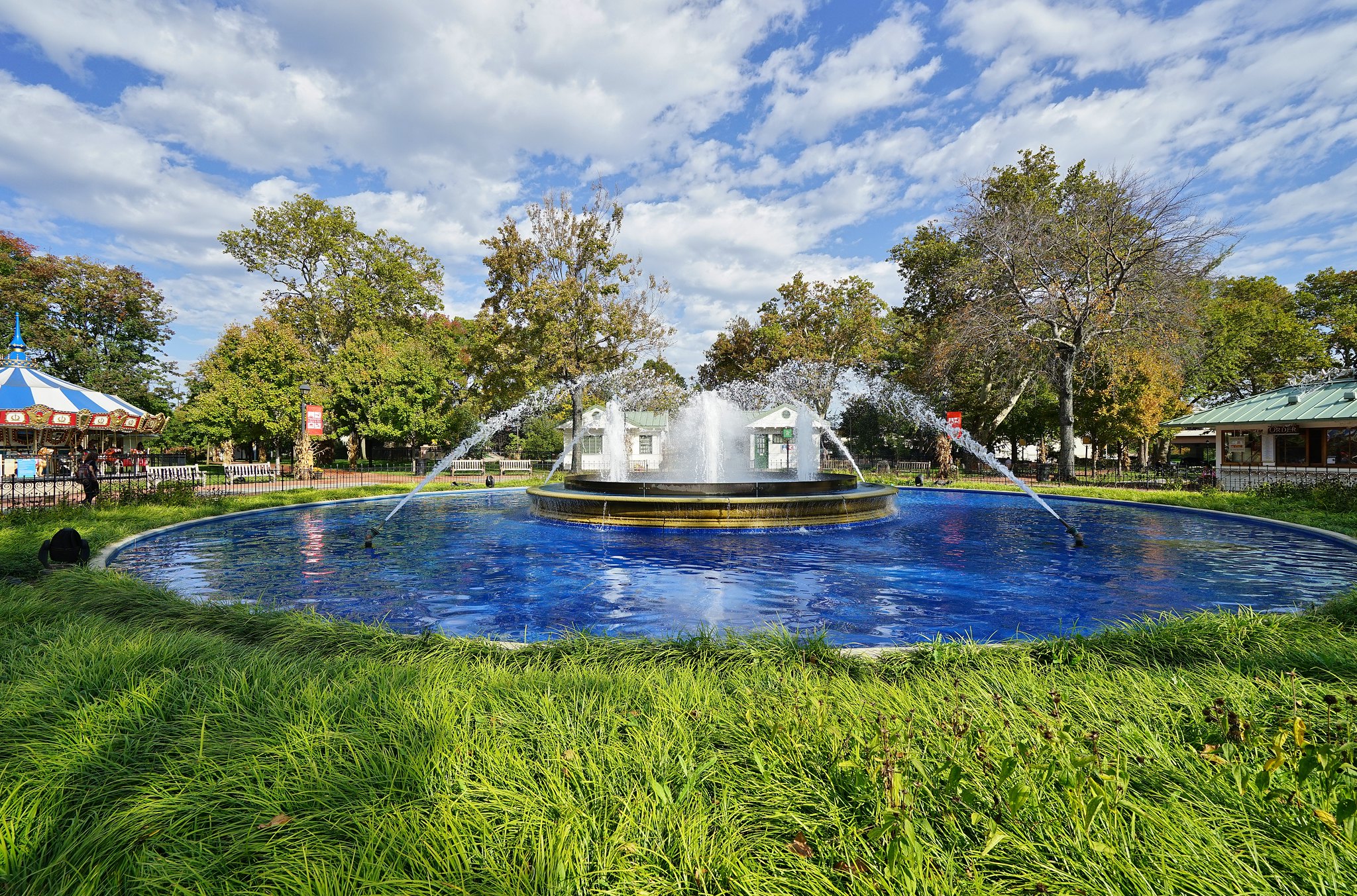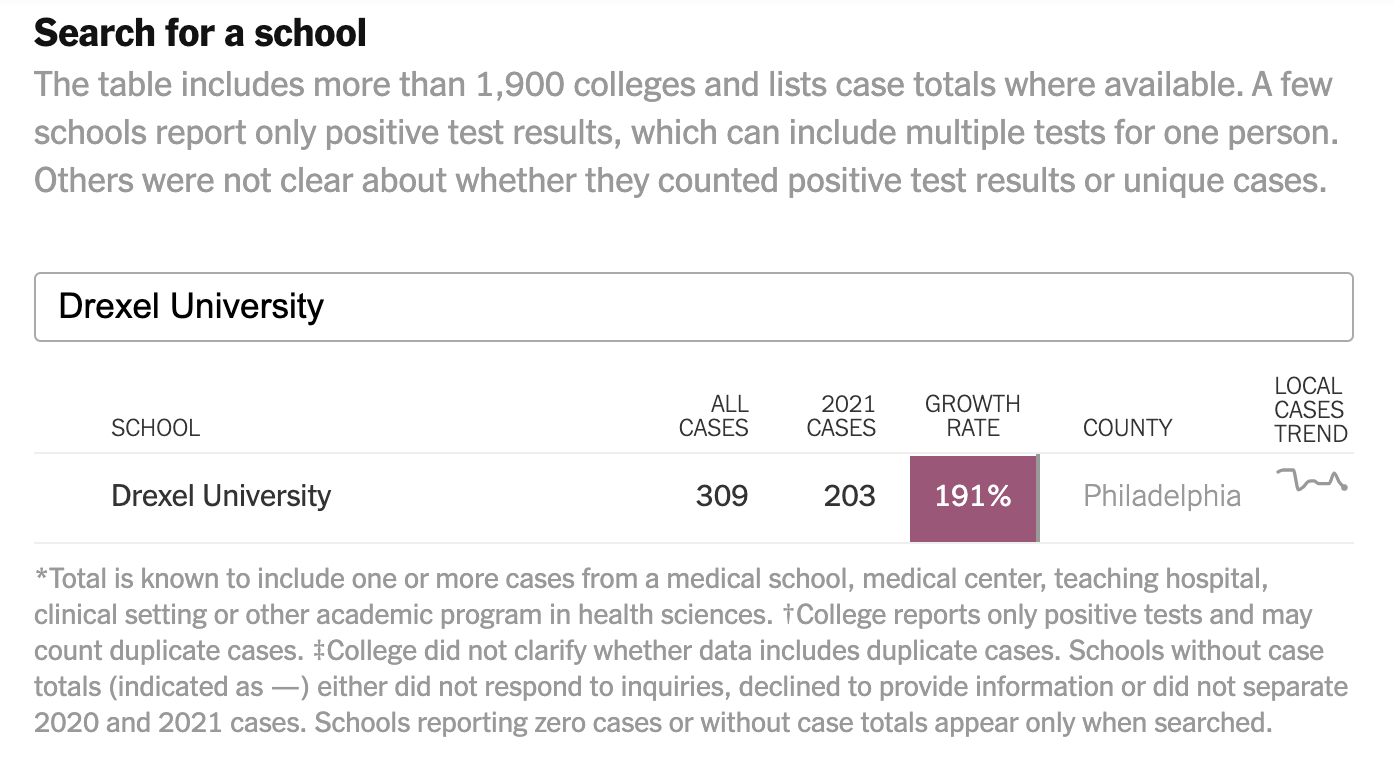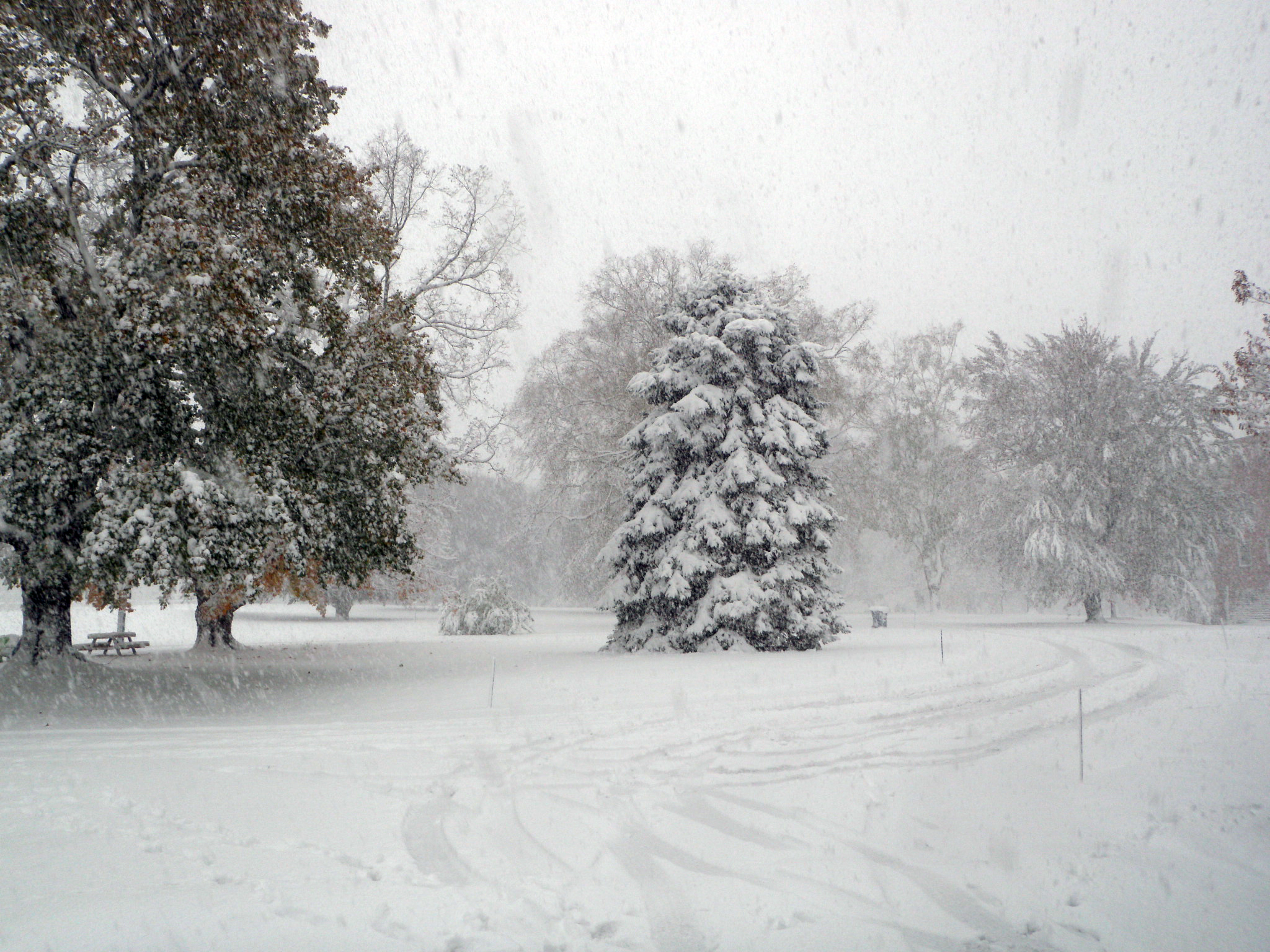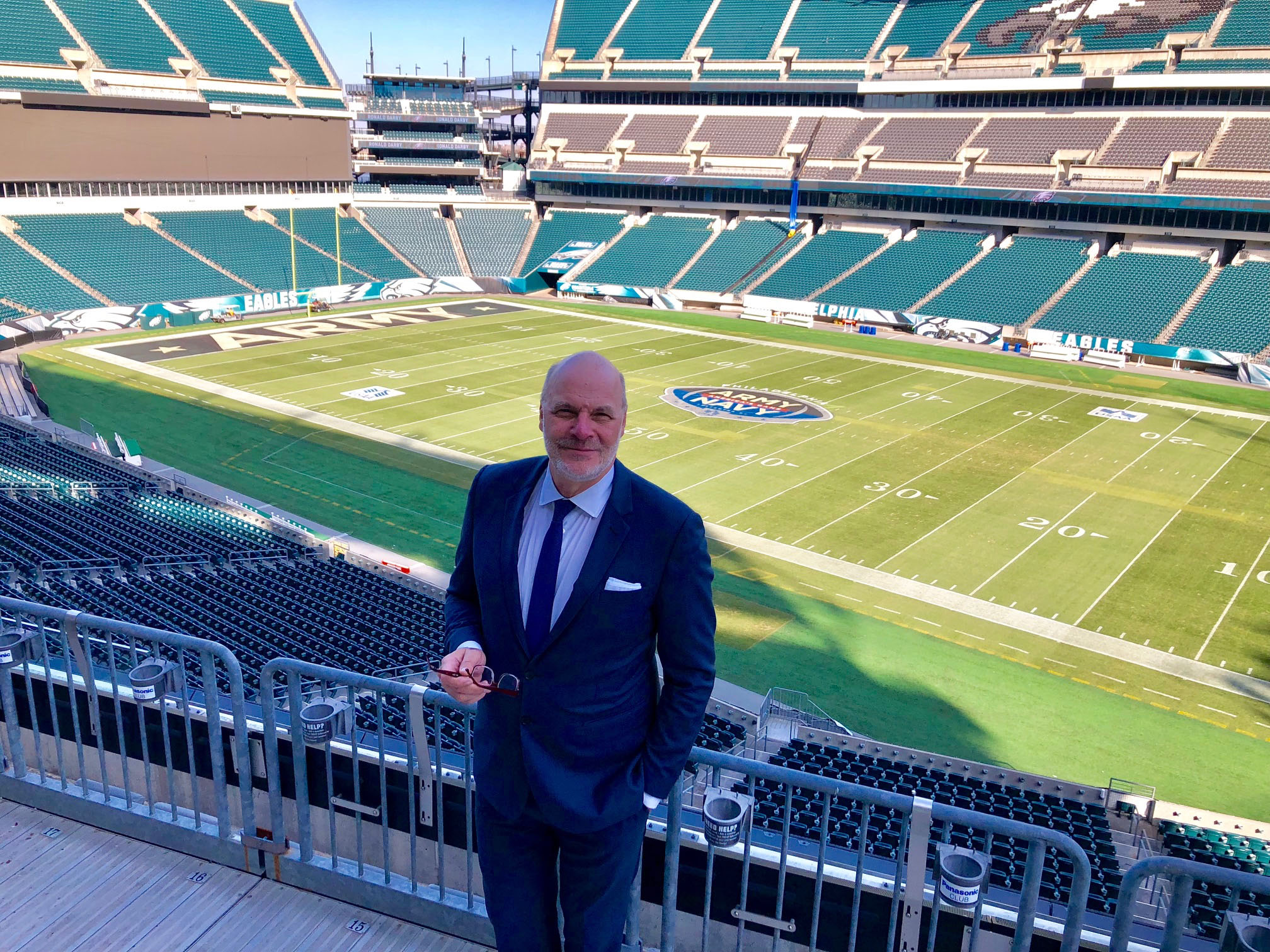
Philadelphia is one of the best cities in the United States. It can feel intimidating to start exploring it, but once you do it, you’ll see how many beautiful spots there are around campus. Below we’ll mention a few hot spots to check out during the weekends or when you feel like relaxing after class!
1. Clark Park
Located at 43rd & Baltimore, Clark Park is one of West Philly’s best parks. If you want to relax or walk around UPenn’s campus, the park is about 30 minutes away by foot. Full of trees and lots of green, Clark Park is the one nature spot you need to check out. There are frequent farmers’ markets and plenty of coffee shops and beautiful architecture around.
2. Philadelphia Zoo
The Philadelphia Zoo was the first real zoo in the United States. It has over 1,800 animals and it is located about 30 minutes away at 3400 W Girard Avenue. The zoo will be open every day starting March 24. The standard price for all adults is $20 with members having free tickets if they pay an annual fee.
3. Bartram’s Garden
Bartram’s Garden is the oldest surviving botanical garden in the U.S. It is located about 20 minutes by bus at 54th & Lindbergh Boulevard. It is completely free, full of various plants and flowers and an arboretum.
4. Shofuso Japanese House and Garden
Located in Fairmount Park, Shofuso Japanese House and Garden is a traditional 17th-century Japanese house. The building was initially located inside MoMa, in New York, but relocated to Philadelphia later. Tickets are around $8-12. It is not open right now, but during spring and summer, the site welcomes individual visitors and groups.
5. Magic Gardens
Located in the heart of South Philadelphia, Philly’s Magic Gardens is a must. The place has multiple indoor galleries and an outdoor labyrinth. It is a big mosaic work of art that is shining during sunny days. Colorful and vibrant, Philly’s Magic Gardens’ prices are around $5-10.
6. Race Street Pier
Race Street Pier is located on the Delaware River Waterfront with the shadow of Ben Franklin as an iconic picture spot. Featuring many quads and picnic spots, this pier is a great place for a socially distant get-together with your friends (and some nice Instagram pictures!) It’s also completely free!
7. Fairmount Park Horticultural Center
Located in West Fairmount Park, the Horticulture Center is a modern exhibition and greenhouse. While you’re there you can explore the arboretum, picnic spots and display houses. Some of the exhibits include the Cherry Allee, which is an alley of Cherry Blossom trees, Butterfly Garden which is rife with flowers and butterflies during the summer, and a Reflecting Pool. All visitors are also welcome free of charge!
8. Franklin Square
At 200 N. 6th Street, Franklin Square is the place to go for outdoor recreational activities. The park has burgers, Philly-themed mini-golf, and a carousel. Tickets for mini-golf are $10 and are $3 for the carousel. For the spring season, Franklin Square has also planned a free Chinatown Scavenger Hunt for all to participate in at their own pace using QR codes at checkpoints.
9. Wissahickon Valley Park
For those who enjoy nature more than the urban landscape of Philadelphia, Wissahickon Valley Park is just a 30-minute bus ride out of the city. The park offers more than five trails ranging from 1.5 miles to almost 8 miles, to match just about anyone’s craving for adventure. The hike is free but the cost of transportation remains.
10. Longwood Gardens
This scenic attraction is located an hour’s drive from Drexel’s campus but is worth the trip. With over 1,000 acres of gardens, meadows, woodlands and elaborate horticultural displays, Longwood Gardens can easily be a day trip. One can see various fauna, wildlife, birds and interesting displays during a visit. Tickets are $25 for an adult, but $22 with a college student ID.








